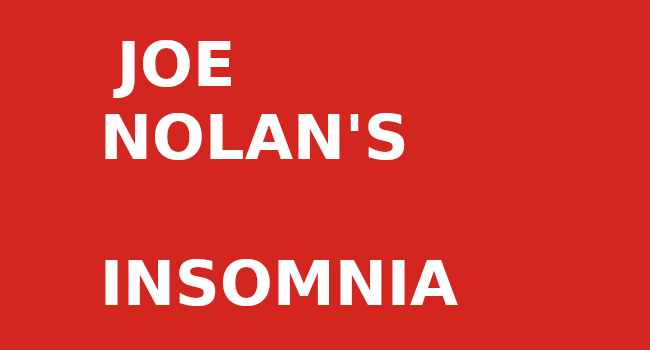
This is a review of a video art exhibition in Nashville, TN. All the videos are also online at the link in my review so I also wanted to share this review with our global Hive art community. The virtual aspect of video work means we can all enjoy a display like this no matter where we are. Please enjoy...
The title of a selection of videos in Unrequited Leisure’s latest online exhibition invites viewers to consider possible outcomes of the struggles defining this chaotic and confusing — but also dynamic and inspirational — time. What Could Happen is curated by Nashvillian Omari Booker, a Black artist associated with North Nashville’s creative community.
Booker’s Red Line exhibition at Channel to Channel was one of the best social art exhibitions on Nashville’s 2019 art calendar. That big-picture display highlighted the concept of redlining — that is, the economic segregation that resulted from federal policies ostensibly meant to encourage home ownership. In actuality, the policies encouraged banks to deny mortgage loans to people of color in lower-income communities. One consequence of redlining is a lack of generational wealth in families of color, which still contributes to economic inequality today.
Booker’s curatorial effort at Unrequited Leisure remains focused on ideas about racist stereotypes and historical trauma, but these time-based presentations of dance, performance and sound are intimate affairs that work best when you watch them alone wearing headphones.
In a pair of videos by Dorse Brown, music and dance come together in history lessons composed of sound and movement. The videos feature Brown along with collaborators Shabaz Ujima, Gerald Watson and Michael West. The MisEducation of Me highlights the year 1619, which is often cited as the beginning of the slavery era in America. The videos also address stereotypes around Black male vulnerability. Brown and his fellow male dancers wear shirts bearing slogans like “chocolate charm,” “melanin appeal,” and “1619 & beyond.” The moods and movements here range from romantic and graceful to calisthenic to streetwise, and Brown — thankfully — doesn’t subject viewers to video art that merely documents the performance. His soundtrack jumps between various musical interludes, and his choreography is enhanced by the effective use of repetitive images, crossfades and double exposures in the edit. The final sequence ends with a verse from spoken-word artists Adán Bean and Sho Baraka’s track “Foreward, 1619.” Bean manages to recap 400 years of oppression in a slippery-slick rhyme that ends with a shout-out to Martin Luther King Jr.: “I am a man.”
Elisheba Israel and Aaron Mrozik are the Nashville-based husband-and-wife collaborative team behind Blood at the Root. The video offers a tour of an empty Southern middle-class home, which quickly turns from nostalgic and almost sickly sweet and sentimental to weird and brutally ironic. A display of knickknacks and furnishings, family photos and cheap souvenirs sounds innocent enough, but Blood at the Root excavates the domestic detritus to curate a conversation about generational racism. This isn’t a video about the militant white supremacists you’d find on the homepage of the Southern Poverty Law Center website. This is about polite folk whose racism only peeks out at the edges in the form of a Confederate hero on a coffee mug, or in a racial caricature on a throw blanket.
The artists underline their theme by painting gooey, bright-white flames in the eyes of family members whose pictures decorate the walls of the house, celebrating birthdays, graduations, big wins and wedding days. The painted pictures are a highlight here, and I hope the artists consider a real-life exhibition of the flaming-eyes photos once we can all look at art in person again. An uneasy piano score and a reference to Jordan Peele’s Get Out are the perfect white frosting on this angel-food cake.
Booker bookends the exhibit with a pair of short pieces that feature the curator interviewing his great aunt, who was born in 1916. The very brief videos reveal a lot about memories and those we’d rather forget, and they remind viewers that racist oppression isn’t ancient history in Black homes and in communities like North Nashville. Booker quotes lecturer Orland Bishop in his curatorial statement: “History is not only what happened, but what could have happened and didn’t, because we weren’t willing.” Booker adds:
What Could Happen provides me an opportunity to interrogate the past and make a statement that has the power to enact change. If the black male body had not been vilified, what could have happened? If racist comments had been challenged, what could have happened? If we dealt with the discomfort of integration rather than segregating by other means, what could have happened?
The present is the future of the past, and the past of the future. Our actions — both as individuals and as a culture — are weighed by the balance of history from moment to moment, day to day. This is a turbulent, transitional time fraught with threats, but also one that’s rife with possibilities. What Could Happen reminds us that we may still make a bright tomorrow, but we will build it in the shadow of everything that has — and hasn’t — come before.